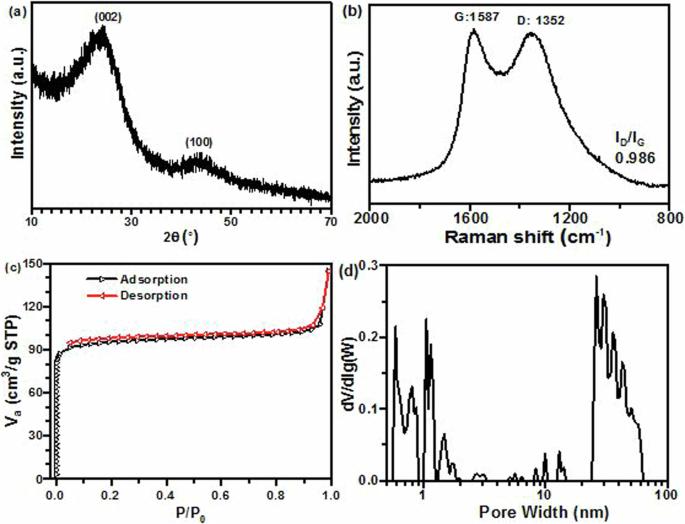通过在石墨碳纳米带上活化过氧单硫酸盐高效生成 1O2 用于水修复
IF 10.4
1区 工程技术
Q1 ENGINEERING, CHEMICAL
引用次数: 0
摘要
通过酸性苯胺溶液的一锅均相芬顿氧化聚合法合成的原位螯合铁-聚苯胺复合物,在 800 oC 的氮气中热解制备了具有丰富缺陷位点的少层石墨碳纳米带(GCN)。极少量的铁(0.47 wt%)在 GCN 的纳米带生长和石墨化过程中发挥了关键作用,并在 GCN 上沉积了高度分散的铁物种,无需合成后酸浸出,从而大大简化了 GCN 的合成过程,提高了产率。GCN 在主要通过非自由基途径催化降解有机污染物过一硫酸盐(PMS)方面表现出较高的活性和稳定性。研究了各种操作参数对 GCN 催化性能的影响。清除试验、自旋捕获电子顺磁共振光谱、电化学分析和理论计算表明,PMS 在 GCN 上协同活化产生的主要活性氧为 1O2,而 GCN 介导的电子传递对有机物降解的贡献较小。本文章由计算机程序翻译,如有差异,请以英文原文为准。


Efficient generation of 1O2 by activating peroxymonosulfate on graphitic carbon nanoribbons for water remediation
Few-layer graphitic carbon nanoribbons (GCN) with rich defective sites were prepared by pyrolysis at 800 oC in N2 of in situ-chelated Fe-polyaniline complexes synthesized via one-pot homogeneous Fenton-like oxidative polymerization of an acidic aniline solution. A minimal amount of iron (0.47 wt%) made a pivotal role in the nanoribbon growth and graphitization of GCN, and deposited highly dispersed iron species on GCN without post-synthesis acid leaching, which greatly simplified the synthesis procedure of GCN with improved yield. GCN exhibited high activity and stability for catalytic degradation of organic pollutants with peroxymonosulfate (PMS) mainly via non-radical pathways. The influences of various operating parameters on the catalytic performance of GCN were investigated. Scavenging tests, spin-trapping electron paramagnetic resonance spectra, electrochemical analyses, and theoretical calculations unveiled that 1O2 was the main reactive oxygen species generated from synergistic activation of PMS on GCN while GCN-mediated electron transfer made a minor contribution to organic degradation.
求助全文
通过发布文献求助,成功后即可免费获取论文全文。
去求助
来源期刊

npj Clean Water
Environmental Science-Water Science and Technology
CiteScore
15.30
自引率
2.60%
发文量
61
审稿时长
5 weeks
期刊介绍:
npj Clean Water publishes high-quality papers that report cutting-edge science, technology, applications, policies, and societal issues contributing to a more sustainable supply of clean water. The journal's publications may also support and accelerate the achievement of Sustainable Development Goal 6, which focuses on clean water and sanitation.
 求助内容:
求助内容: 应助结果提醒方式:
应助结果提醒方式:


